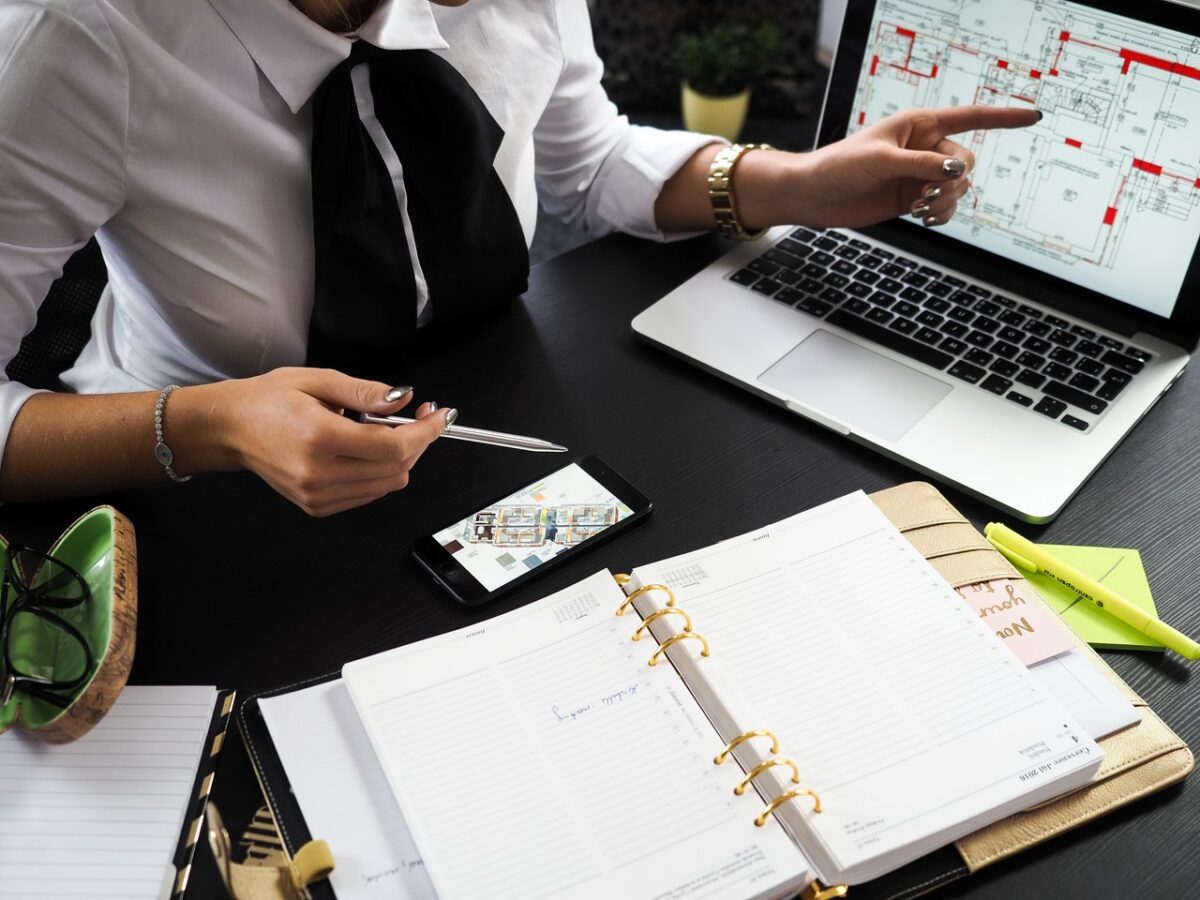If you’ve attended an event, you will know how hectic the exhibitor’s floor gets. There is a ton of activity going on and the floor is perpetually chaotic. And so, more often than not, prospects that spend time on the floor will not have a fixed plan or agenda. This is an excellent opportunity to grab their attention, get them to understand your product, and convert to a sale. In this blog, we take you through ways to get your customers to spend more time at your booth and convert these opportunities into sales.
Step 1 – Getting them to your booth
The primary aim of exhibiting at an event is to ensure that every attendee who steps into your booth has an immersive experience. But getting customers to take notice is a challenge that needs to be addressed first. Essentially, there are many things that play a role in getting customers to visit your booth, namely booth design, traffic management, and staff engagement. These facets are interdependent on each other to deliver a complete experience.
Related: Simplifying booth traffic management at events and trade shows
Firstly, to reel prospects into your booth, you need to ensure that your booth is designed to grab attention. Once you are able to grab their attention, make sure that they are attended to immediately. This will ensure that they do not feel neglected. Next, encourage them to indulge in what your booth has to offer. The booth needs to provide visitors a natural flow to ensure that engaging with one element leads to another. And finally, the one thing they absolutely hate is waiting in queues. So be sure to shorten the process for them. Use a meeting management platform to simplify tedious processes like registration and scheduling meetings and demos.
Step 2 – Setting up the demo
Many a time, attendees may not directly request a demo with your product. In most cases, they are not aware of a problem that may exist, let alone how your product solves it. So instead of directing them to a demo station on the first instance, lead them over to the lounge area and initiate a conversation that puts your product into context. This way, they relate to what you are saying and place your product as a solution. Once this is done, it makes it easier to help them to a demo station where they can fully understand the technicalities of your product.
Related: How to use a meeting management software for successful product demos
Step 3 – Creating the instance
Once customers have understood your product, you can get them to sit through a meeting to discuss preferences and customizations that they require to effectively integrate your product into their process. For this, you will need your SMEs to step in and establish the technical aspects of the product. This way, customers are fully aware of the capabilities of the product and are ready to make a fully calculated decision.
Step 4 – Closing the sale
The final step in this process is to close the deal. For this, you will need higher management to step in to negotiate the details like the pricing plan and foundation roadmap. Having the right people present for these meetings can prove critical to closing the deal. Take a look at CXO and SME calendars well in advance to ensure you have all hands on deck. This will shorten the decision-making process and accelerate the deal to closure.
Step 4.5 – Follow-up
There are many cases where prospects are not completely satisfied with interactions or need to consult others within the organization to get the show on the road. In these cases, it is important to set up a leak-proof follow-up process to ensure that none of these leads slip through the cracks. It is important to note that for a post-event follow-up process to be effective, activities like calls and emails need to be made out within 2 weeks of the event concluding.
Conclusion
Giving your attendees an organic experience at your booth can not only help convert them into customers but can also help them see the value in starting a relationship with your brand. Moreover, taking a personal approach towards giving them a good experience can open up venues to upsell and cross-sell your other product lines. Use these steps at your next event and let us know what you think in the comments section below.




